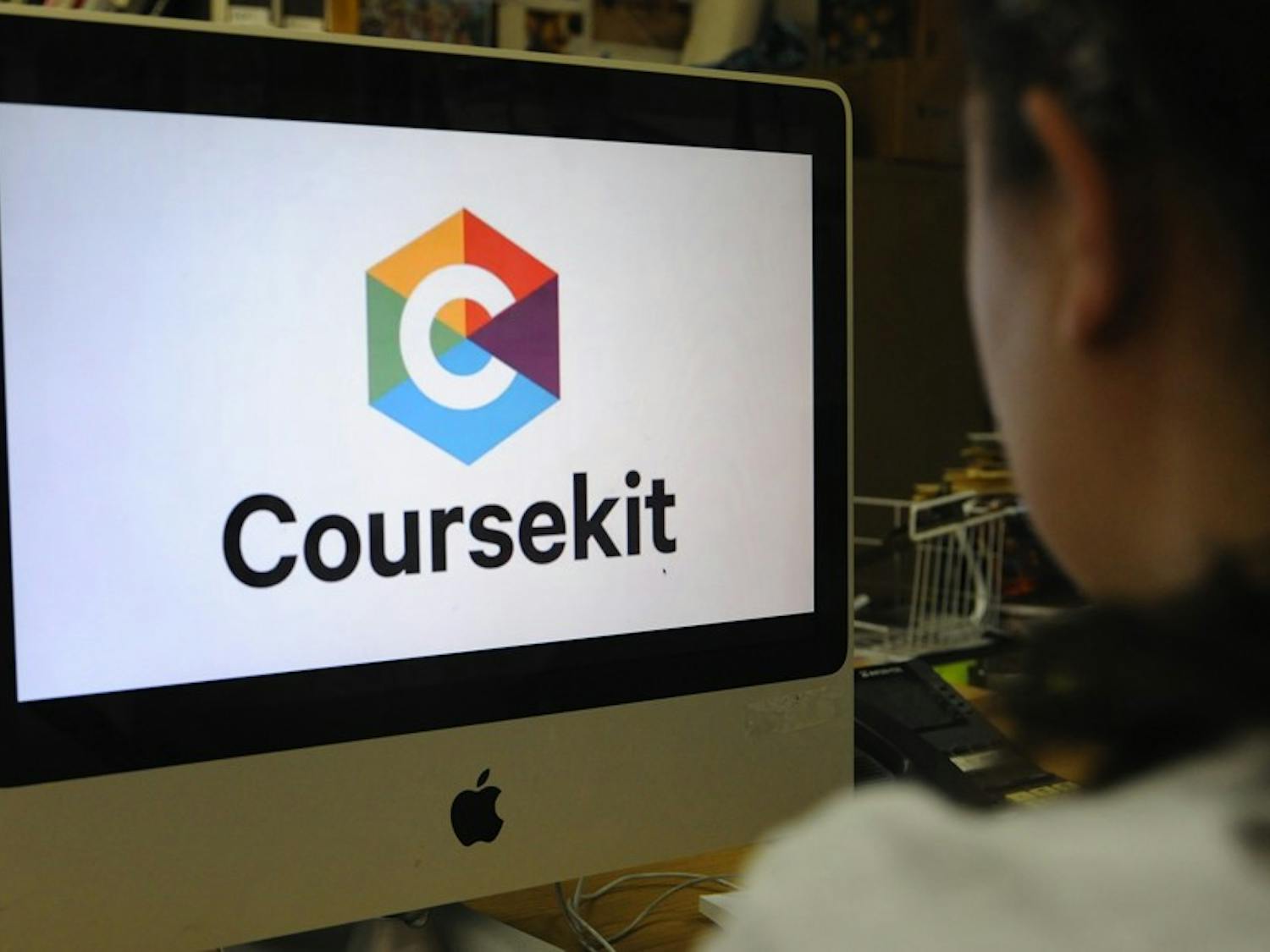When people think of Philadelphia, science isn’t what comes to mind, said School of Engineering and Applied Science and School of Social Policy and Practice alumna Gerri Trooskin.
“I think the first things that come to mind are sports [and] cheesesteaks,” she said. But the Philadelphia Science Festival, which started April 15 and runs through April 28, is designed to “raise the profile” of science in Philadelphia, said Trooskin, the Festival’s director.
The Festival features speaker events and interactive activities throughout Philadelphia, with Penn being represented throughout as a collaborator and sponsor.
On April 17, the Penn Museum hosted Spencer Wells, the explorer-in-residence and director of the Genographic Project, who works with National Geographic. The event drew crowds from within and without the Penn community. Students were encouraged to attend because, like many of the other Festival events, admission was free with a student I.D.
Wells’ speech — “Genetic Perspectives on the Tarim Basin Mummies” — complimented the Silk Road Exhibit at the Penn Museum by demonstrating the importance of the mummies.
Just as the Festival seeks to answer the big questions and provoke curiosity, Wells started his discussion with questions for the audience. “How do we explain this incredible diversity we see when we walk down the street?”
Although Wells’ research is focused on the markers in DNA that can indicate shared ancestry, he directed his lecture toward the filled hall, appealing with metaphors and the occasional Charlie Sheen reference – “Am I related to him?” inquired Wells, gesturing toward a PowerPoint slide of Sheen’s face.
Wells’ job deals with “layers of history [and] digging back through an archaeological time-machine.”
As he explained, genealogists may face a brick wall when records end, but “DNA allows us to see back through that brick wall.”
Since DNA is transferred to the next generation, mutations occur when mistakes are made in the coding. According to Wells, this can be compared to hand-copying a large text. Occasionally, the hand-copying results in a typo. This typo is a mutation, which occurs at a predictable rate.
By tracing the mutations, Wells can track the migrations of the human species. The Tarim Basin mummies are a part of the human species’ shared family tree that “is really pivotal to our understanding of how we populated the world.”
“That’s how we connect people up into ever-deeper branches of the human family tree,” Wells said.
Research has shown that the majority of DNA is identical among the entire human species, and differences are “only skin deep,” he said.
Graduate student Minal Mehta from the School of Medicine was able to hear Wells speak and has been volunteering at the Festival to get involved with science in Philadelphia. Despite the rain on April 16, large numbers turned out to a carnival event for the festival.
Although that event had more children than adults, other festival events are “balanced between both of the age groups,” Mehta said.
“The whole festival is student-friendly,” Trooskin said. Future events such as Science Quizzo at City Tap House are designed to show students that science fairs are not just for children.
Trooskin hopes that the Festival will help “students and adults to realize that science is both fun and accessible — and really important.”






